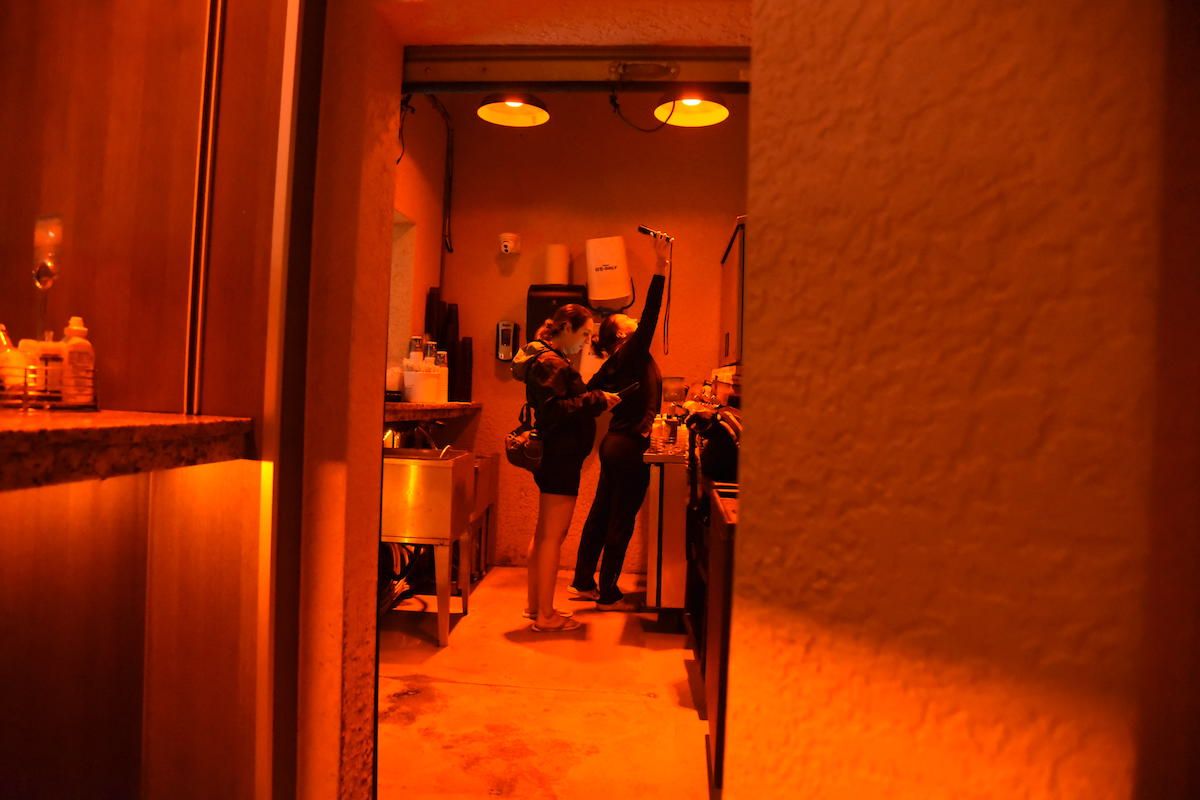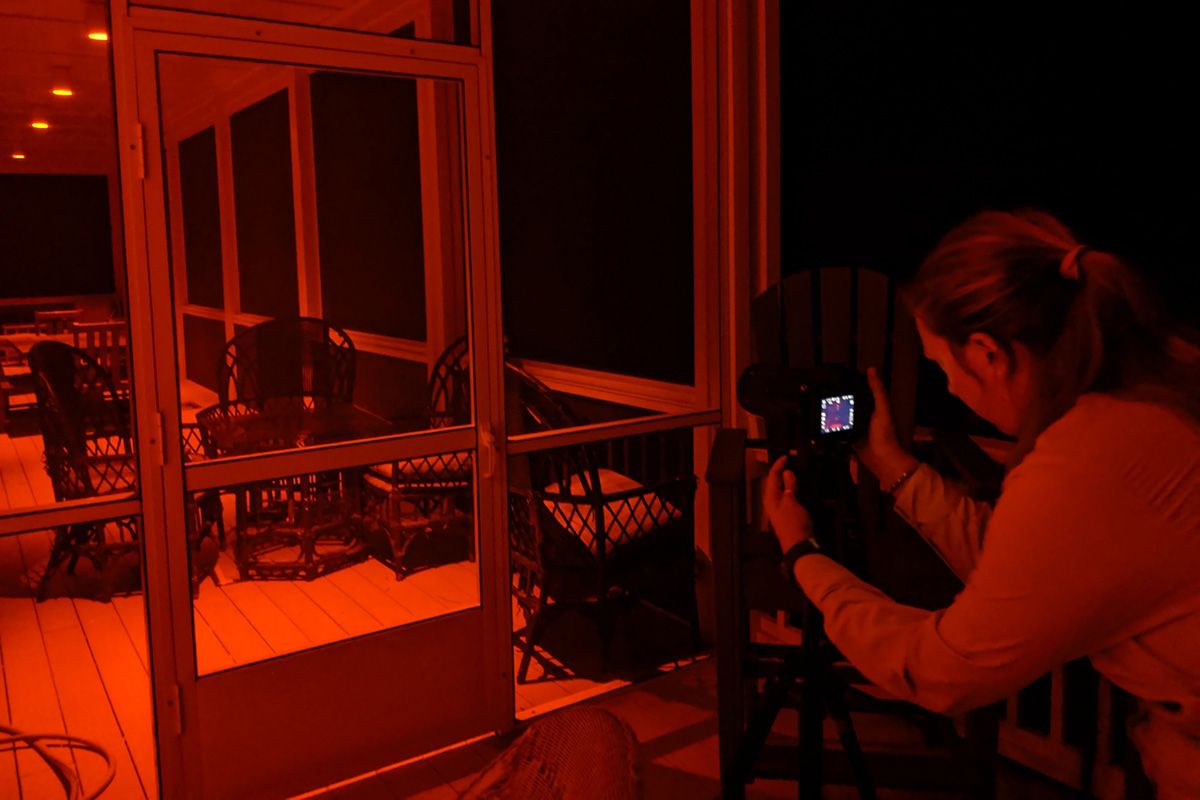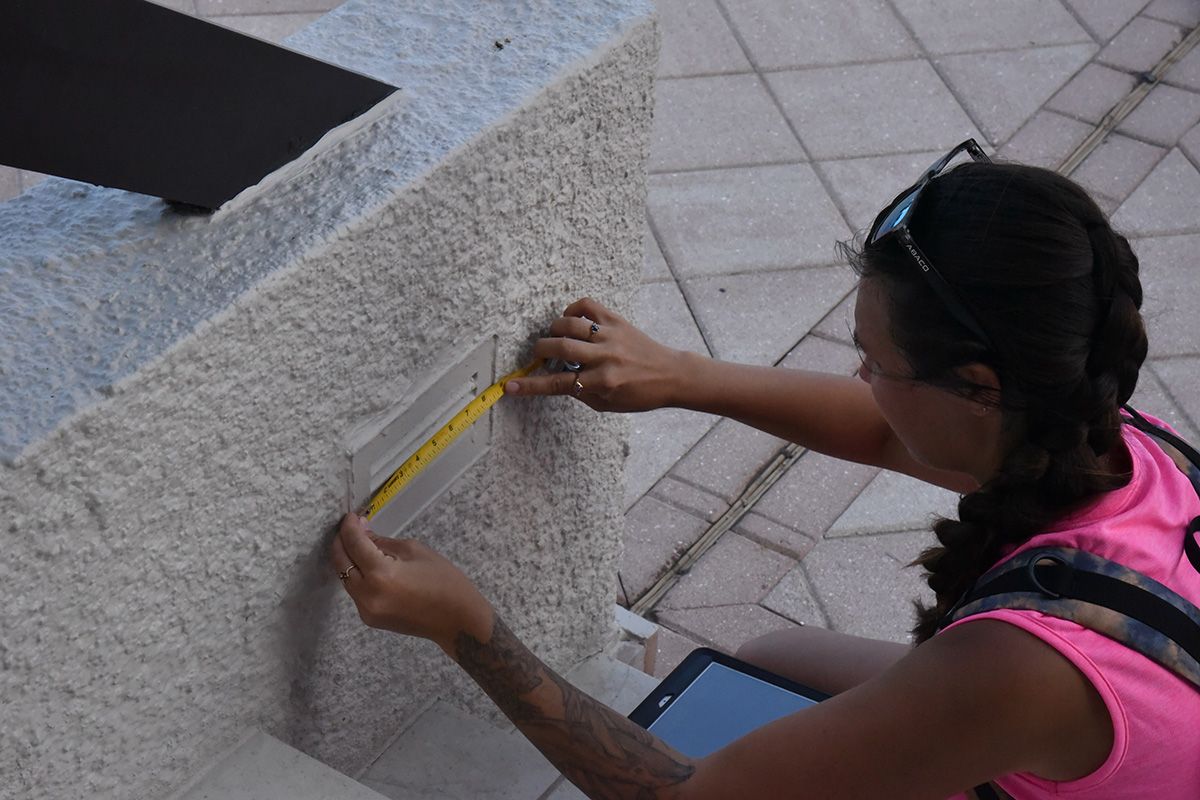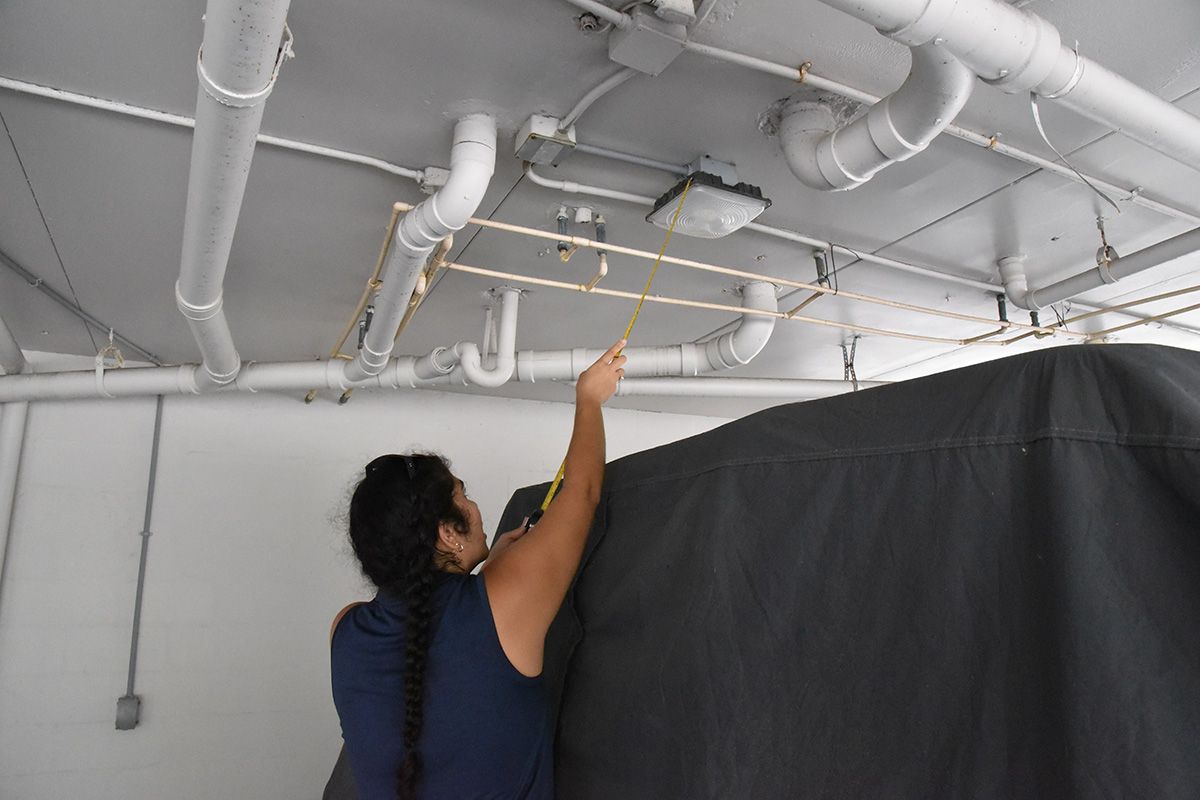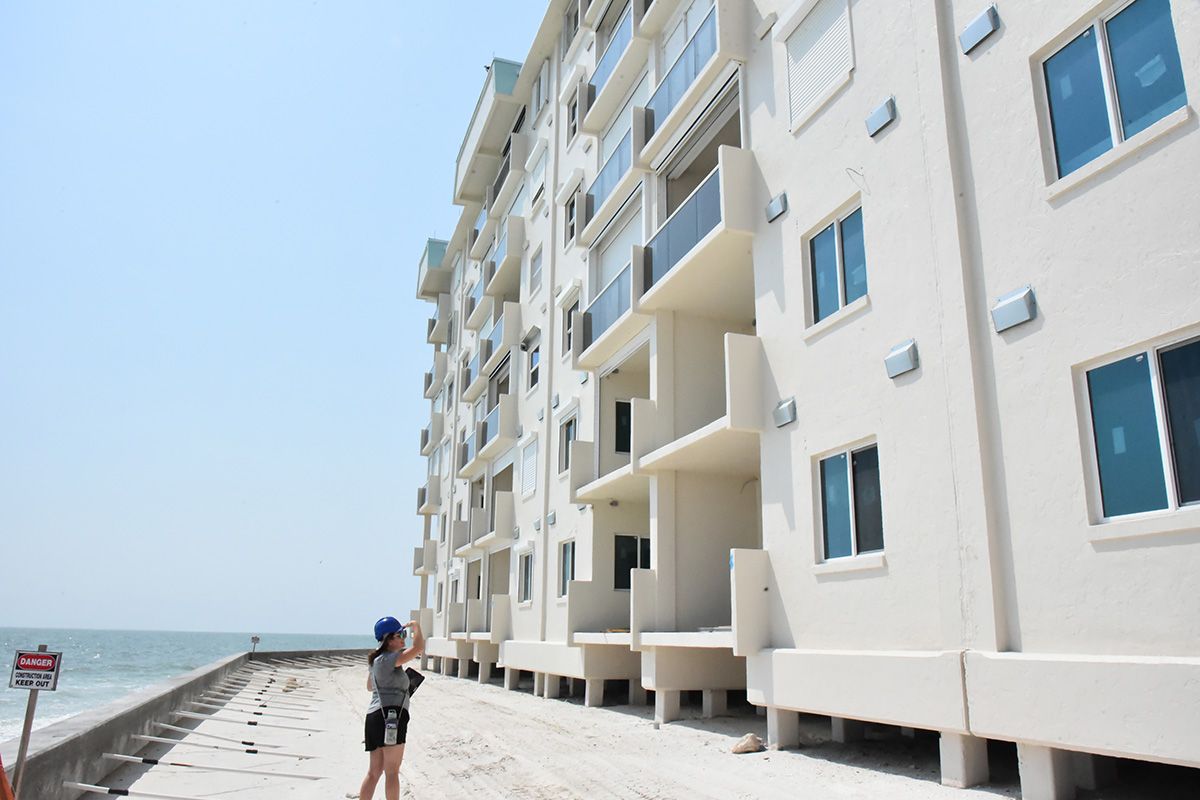Grant Funded Retrofits
Sea Turtle Conservancy (STC) has been working with National Fish and Wildlife Foundation (NFWF) and Florida Fish and Wildlife Conservation Commission (FWC) since the 2010 Deepwater Horizon Oil Spill in the Gulf of Mexico to improve sea turtle habitat and nesting success. One-way STC contributes to this effort is by conducting lighting retrofit projects through resources provided by the Gulf Environmental Benefit Fund (GEBF) to restore viable nesting beaches in Florida.
Potential properties are determined by a history of disorientations documented in the area and the nesting and residential density for that beach. Properties near conservation lands or previously retrofitted properties are also considered to further extend areas of darkness to improve nesting habitat. STC also collaborates with local code enforcement and conservation groups to identify properties that have problematic lights or may be in violation of their lighting ordinance for sea turtle protection. All of these factors are important but ultimately if the property representative is interested in the program and willing to complete a wildlife friendly lighting retrofit, they make an ideal candidate.
The video provides information about STC’s lighting retrofit program and participating property representatives’ first-hand accounts of going through the grant process.
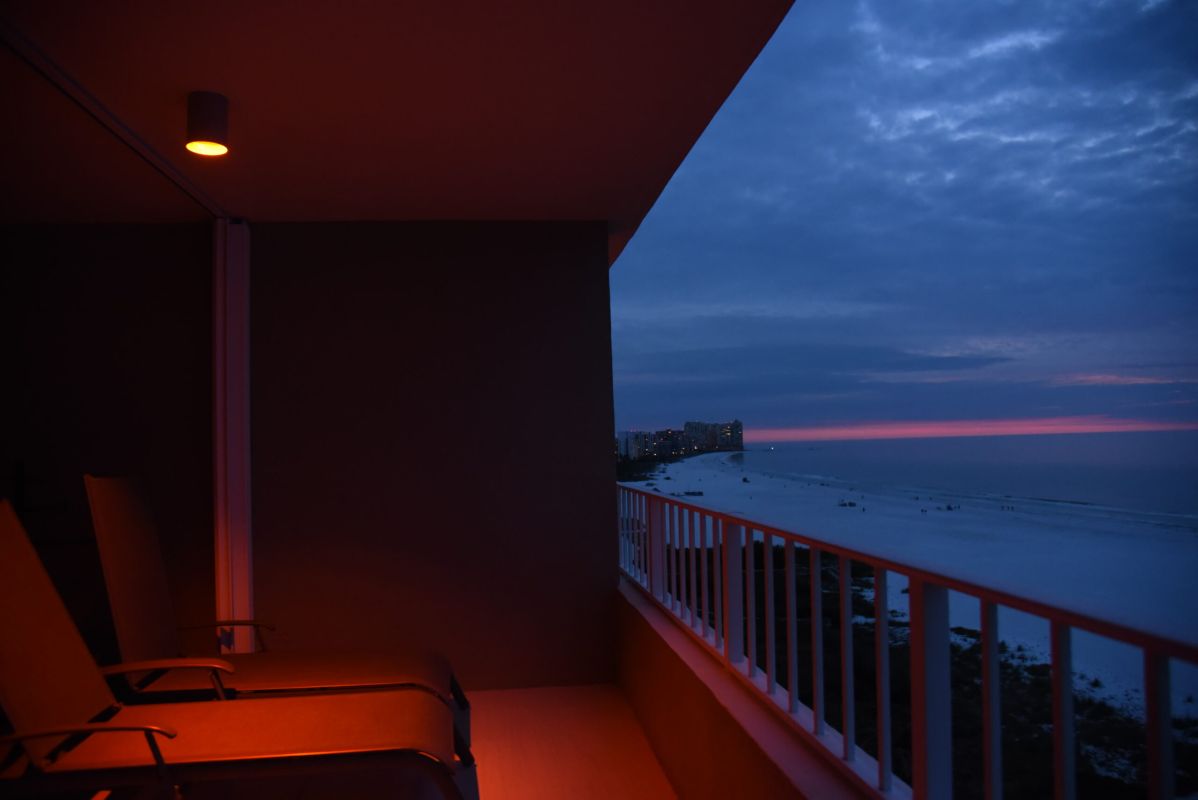
Grant Process
Initial Survey
Lighting Design
Installation
Post Survey
Our Lighting Retrofit Projects
View the interactive map below to learn about STC’s retrofitted properties.
Before & After
Use the slider below to see the before and after images of some of our retrofit grant projects that help prevent sea turtle disorientations.

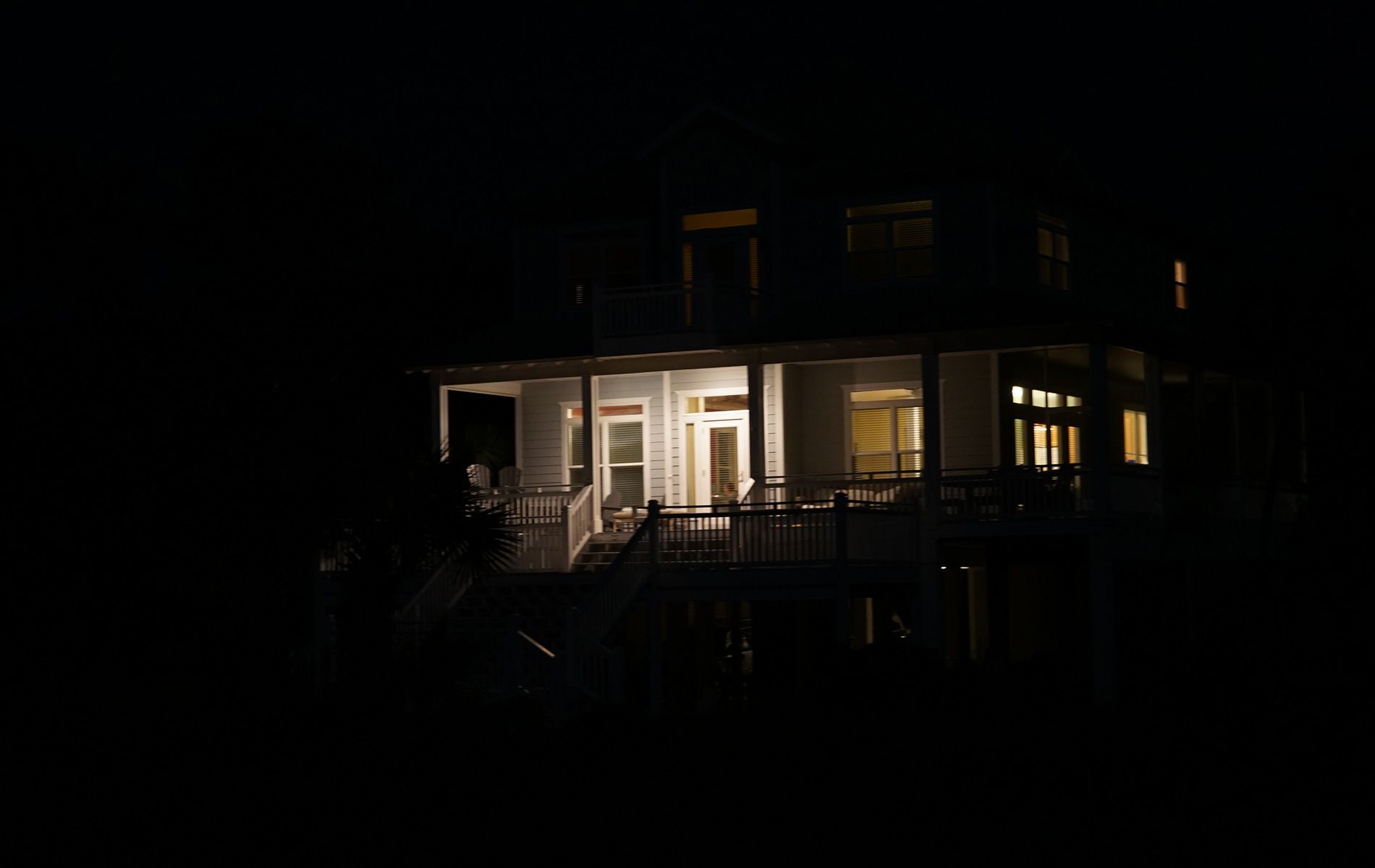
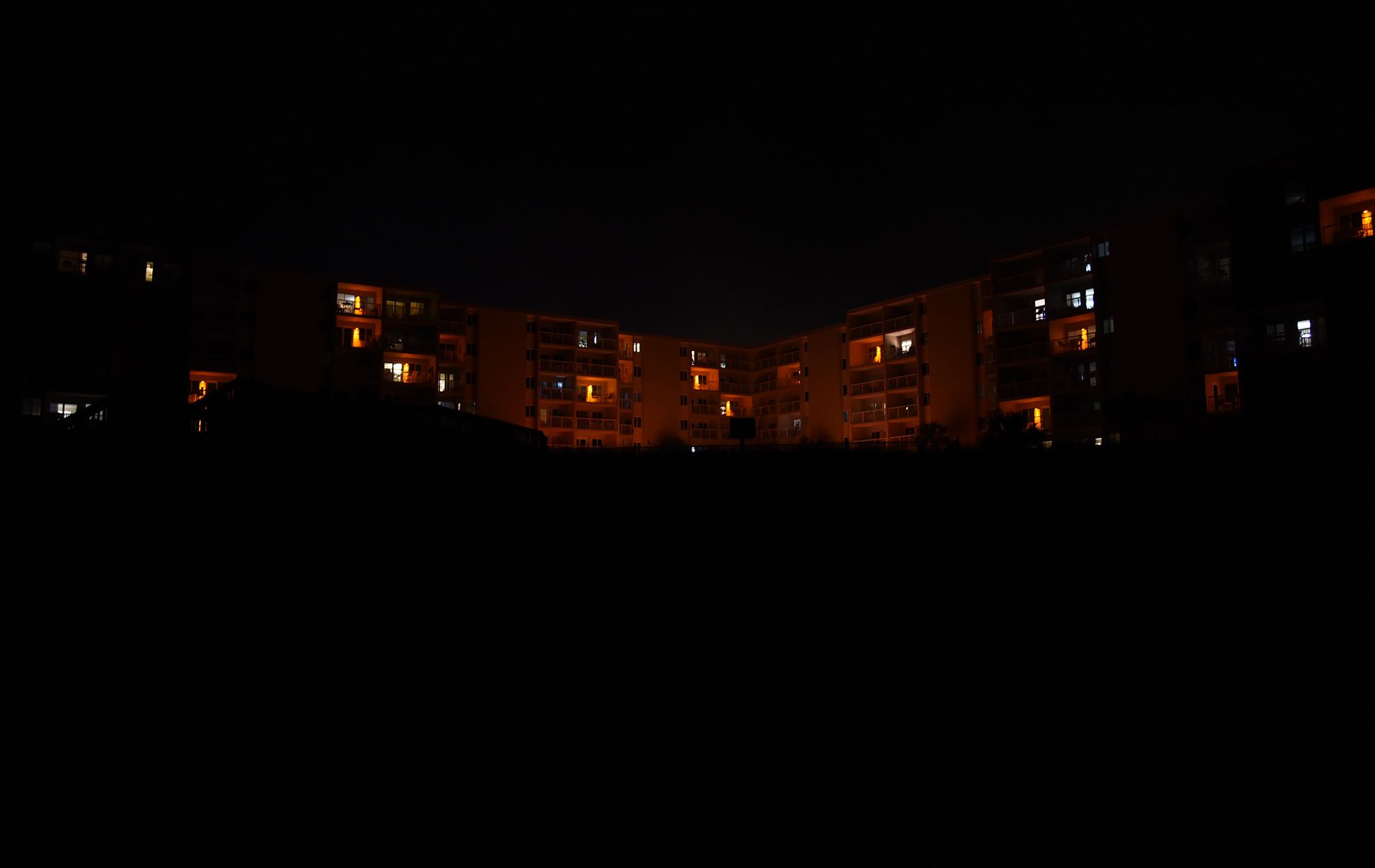

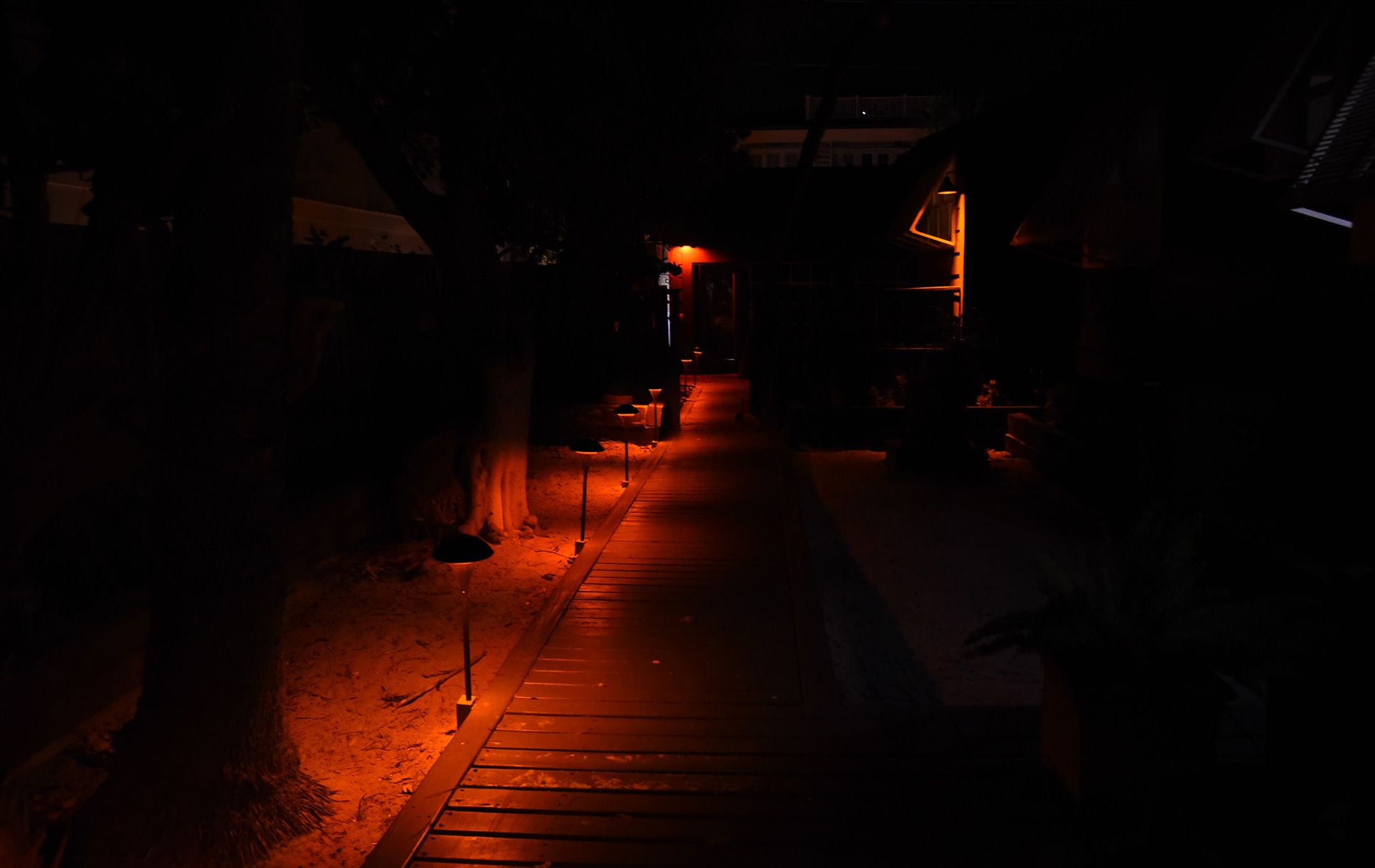

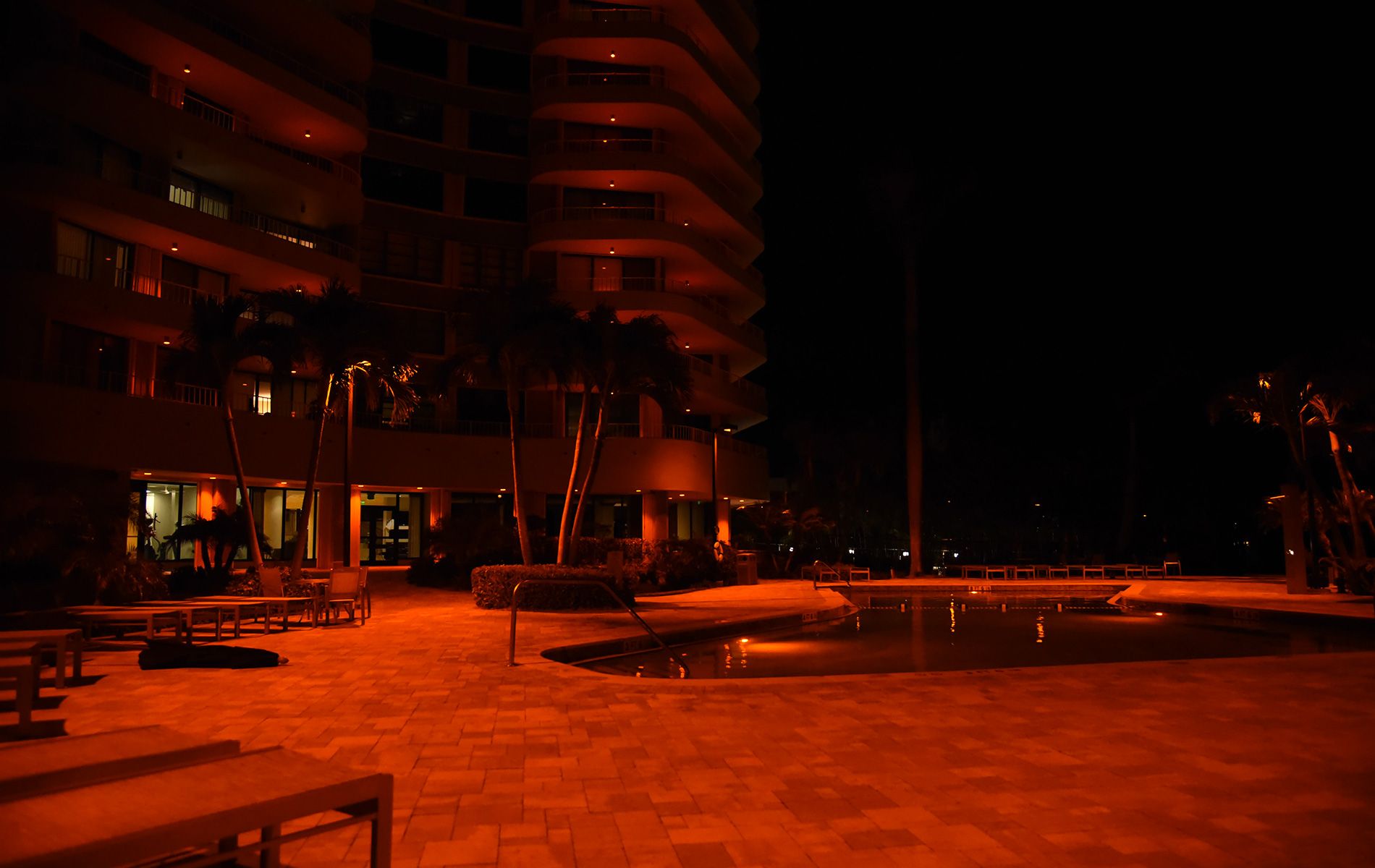

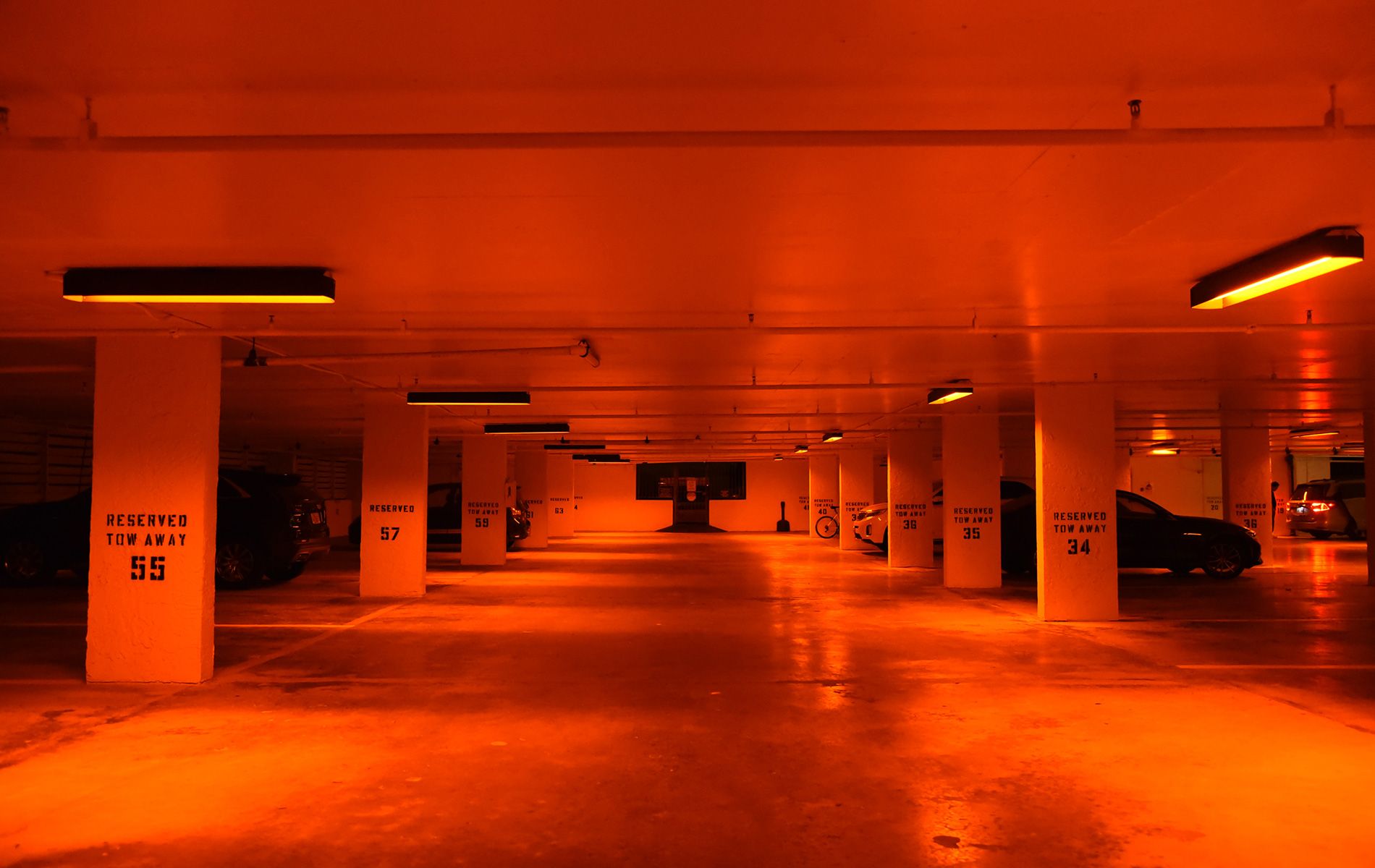
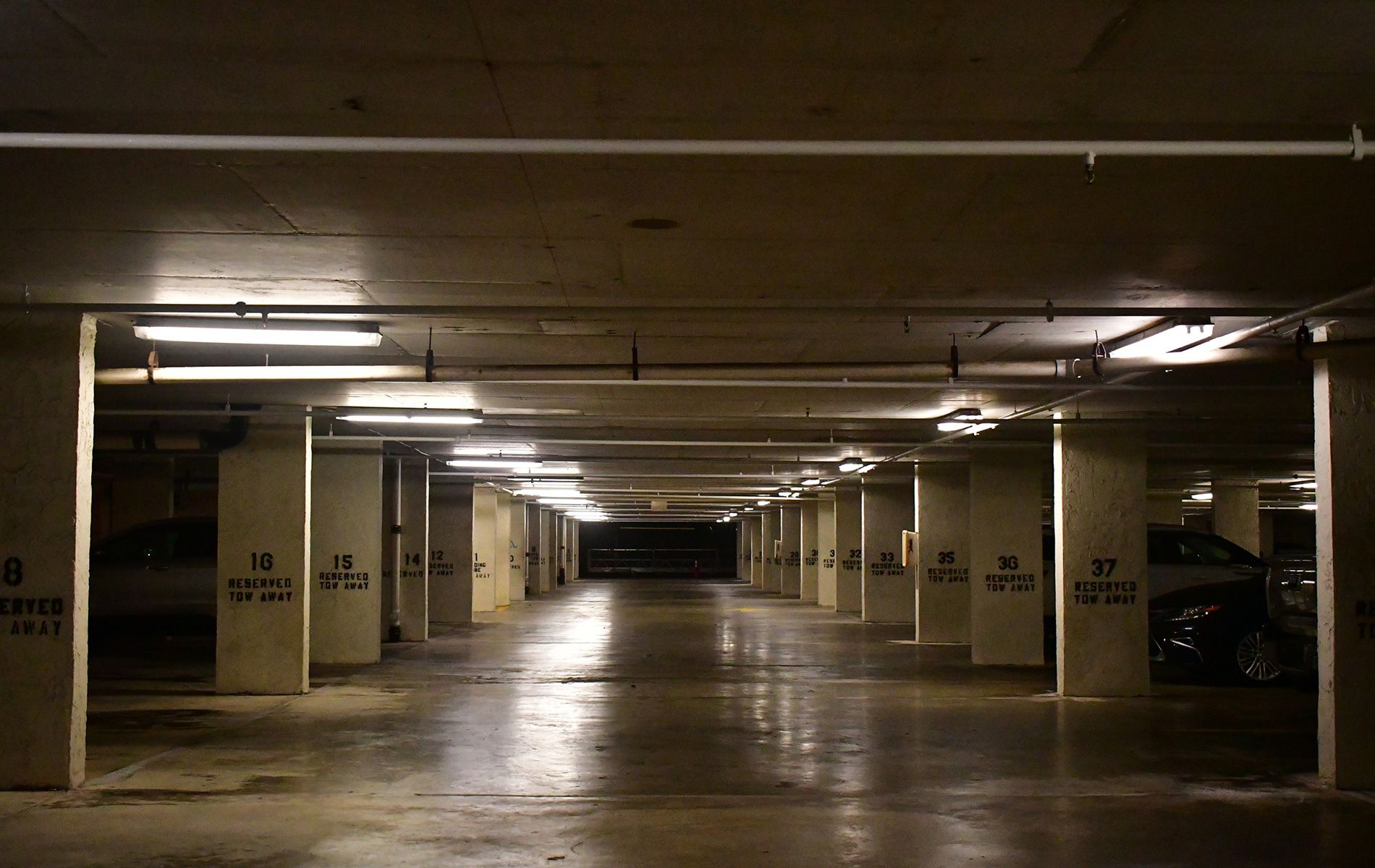
Have More Questions?
STC is currently working with properties that were impacted by Hurricanes Ian and Nicole throughout southwest Florida and limited areas on the east coast.
If you are interested in participating in the program, please call the main office at (352) 373-6441 and ask to speak with someone on the lighting team.
When light is not used in the proper application and we over illuminate our intended surface, bright lights affect our night vision, causing temporary blindness while our eyes try to adjust between varied lighting conditions. Using wildlife friendly lighting (i.e. shielding) promotes better security by eliminating harsh shadows and places for people to hide.
Safety requirements set by building codes, the Americans with Disabilities Act, the Fire Marshall, and others can still be achieved using wildlife friendly lighting.
Tips:
- A photometric plan will ensure lighting requirements are met and even distribution is achieved.
- A shielded fixture concentrates more light on the ground where it’s needed for safety.
The spectral distribution of wildlife friendly lighting is best achieved through LED technology. While the initial change to LED technology will be more expensive, it continues to decrease in cost.
Benefits:
- LEDs last longer and consume less energy than a traditional incandescent lamp. Over time, a property can save up to 80% in electrical costs.
- Sea turtles are a federally protected species. The switch to wildlife friendly lighting can save a property
Darkening the night sky benefits more than just sea turtles.
Other Wildlife: Artificial lights can disrupt natural behaviors used for survival, mask habitat conditions, and interrupt life cycles.
Human Health: Using wildlife friendly lighting helps with our natural circadian rhythm, promotes better sleep, improves our mood, reduces headaches, and helps us feel better throughout the day.
Funding was previously available for dune enhancements at properties in which STC had executed a lighting retrofit contract. STC is not offering dune planting under its current grants.
Planting native dune vegetation serves to trap and stabilize sand, which contributes to a taller and wider dune environment and provides increased protection against erosion. Dune planting can also reduce the amount of artificial light reaching beach habitat.

